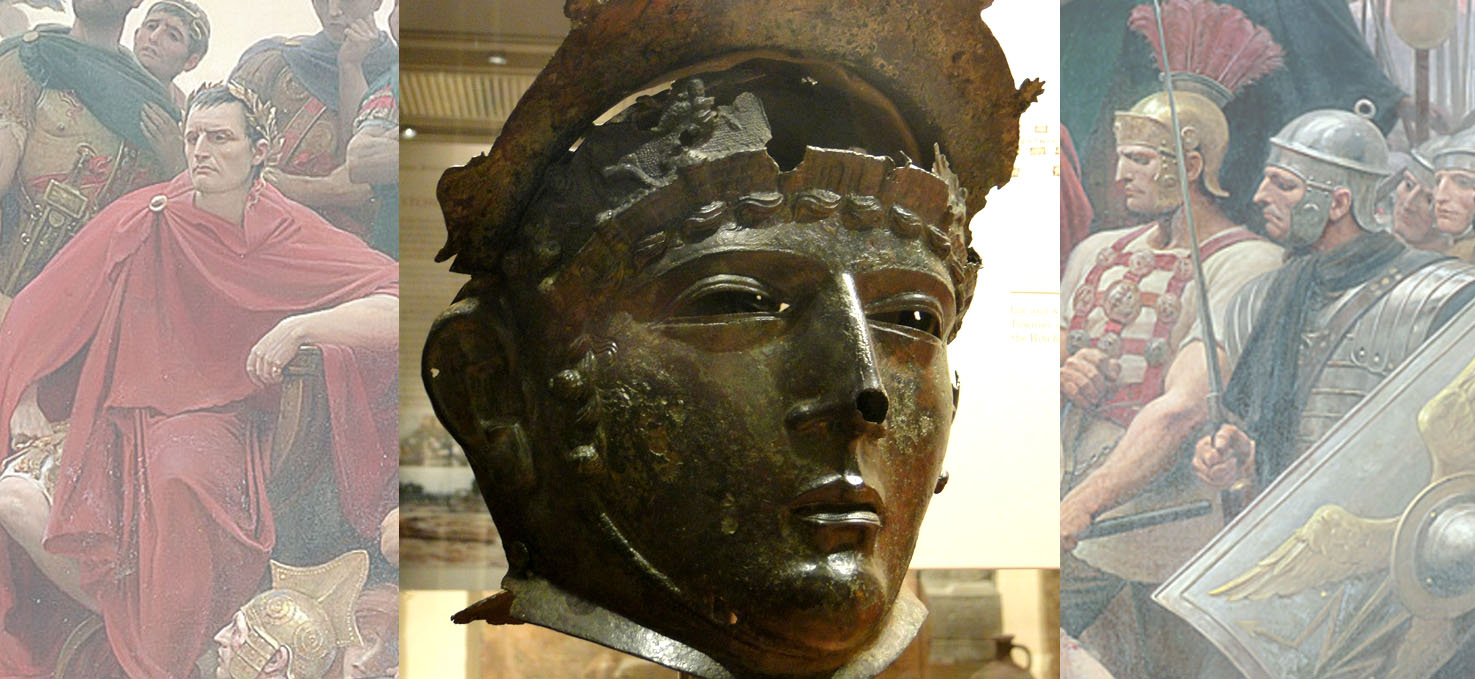Archaeologists in Turkey have discovered an iron mask worn by a cavalryman in ancient Rome’s army circa 1,800 years ago.
While excavating near the site of the ancient city of Hadrianopolis, a team from Karabük University unearthed a large fragment of a special face mask worn only by Roman cavalry. The mask likely dates from the 3rd century A.D.
Researchers believe the mask indicates the presence of a Roman military garrison on the dig site, which contains the remains of a fortified building.
Elite Roman cavalry troopers wore ornate masks while on the march and participating in tournaments, known as hippika gymnasia, according to the ancient Roman historian Arrian of Nicomedia. These tournaments combined entertainment with military drills. In some cases, games took place in the form of mock battles among the troopers.
Gilded or silvered masks of iron, bronze or other metal alloys were typically attached to the warriors’ helmets, serving as marks of prestige while also offering Roman riders facial protection and outward visibility.
Men of Roman cavalry units were often recruited from “barbarian” tribes; Rome’s Germanic cavalry auxiliaries proved particularly fearsome in battle. One of the most famous Roman cavalryman was the Germanic leader Arminius, who turned against his Roman masters and led a revolt in modern-day Germany, defeating Roman legionaries in the climactic Battle of the Teutoburg Forest.
Roman cavalrymen cultivated a particularly close bond with their horses. Archaeological research has revealed that the soldiers and their horses shared the same lodgings. Horses were kept indoors in rooms beside those of their owners; there were no separate stables.
Cavalry units were a mainstay throughout Rome’s history and their role in warfare became more prominent over time. Germanic cavalry auxiliaries played a key part in Julius Caesar‘s victory at the Battle of Alesia in Gaul in 52 bc. In addition to lances, Roman cavalry troopers wielded a type of long sword known as the spatha. MH





